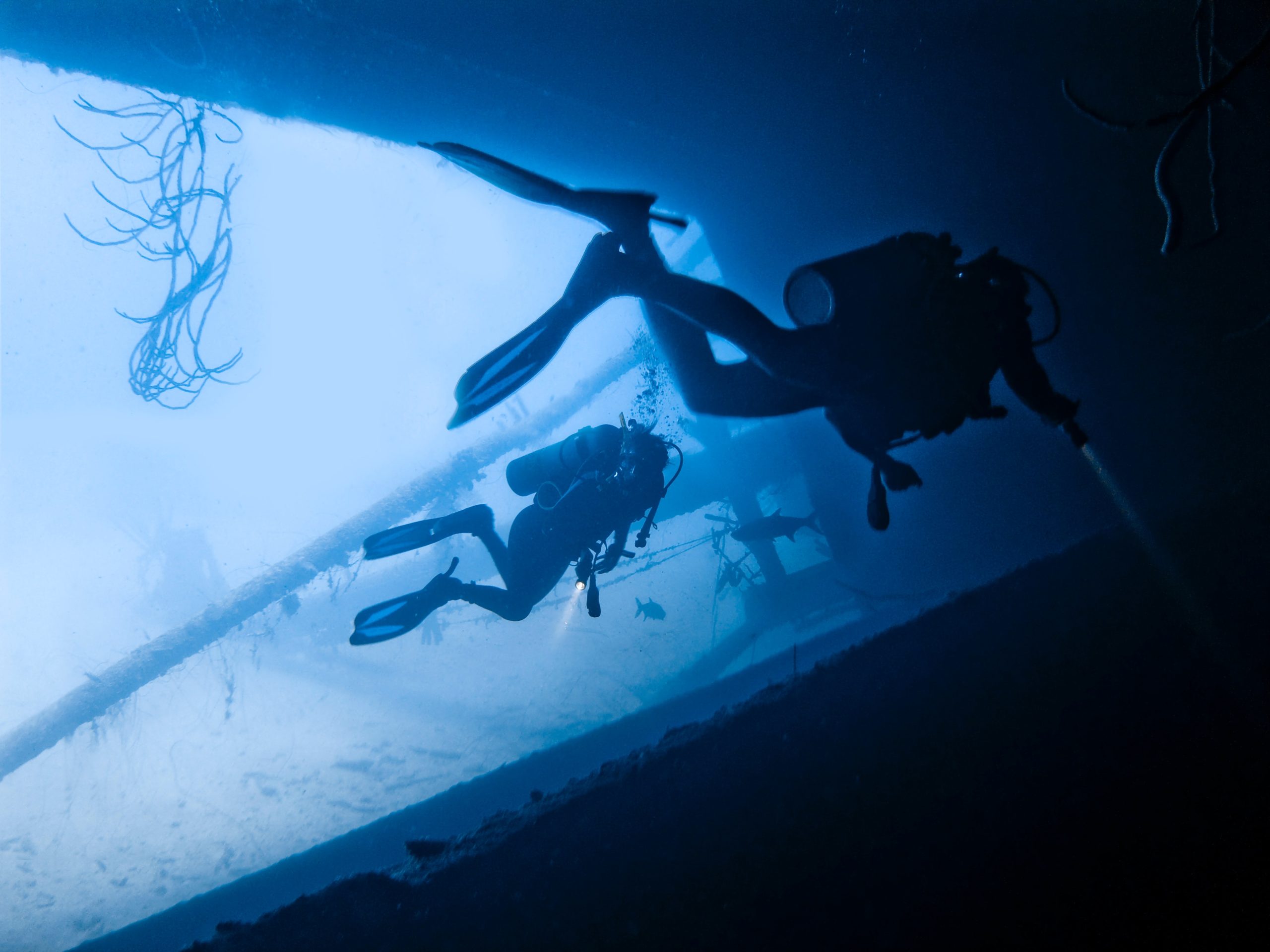The advances are set to drive transformation in various sectors including marine biology, environmental monitoring, and geology.
Seals fitted with electronic tags are now able to relay real-time water data to scientists onshore, and automatic alerts are safeguarding valuable underwater archaeological sites.
These instances demonstrate the potential of underwater connected technologies, which are set to revolutionise monitoring and understanding of the world’s oceans.
“We have oceans around us that we have not explored,” Vladimir Djapic of the EU-funded TEUTA project, told Robohub, emphasising how the lack of ocean exploration is vastly disproportionate to the funding provided to space exploration.
The new underwater frontier
The TEUTA project, from October 2020 to March 2022, aided Croatian company H20 Robotics in developing affordable and light acoustic devices and robotic platforms for underwater wireless networks.
These advancements have the potential to drive transformation in various sectors including marine biology, environmental monitoring, and geology.
TEUTA’s technology, which uses acoustic waves to enable long-distance underwater communication, could have profound impacts on our ecosystems and marine life. Remote sensors, detection systems, and cameras at underwater locations can gather critical data, reducing the need for physical sampling and minimising human disruption to marine habitats.
In addition, the technology can enhance the protection of vulnerable underwater sites, as seen in the TECTONIC project, which aims to document and safeguard underwater cultural heritage.
TEUTA’s technology will also pave the way for new opportunities such as underwater agriculture or mining.
These advancements present a new era of ocean exploration and contribute significantly to the wellbeing of the marine ecosystem by providing invaluable data on water quality, marine life, and potential threats.
For instance, organisations monitoring water quality can leverage this technology to replace traditional collection methods, resulting in more efficient and less invasive monitoring practices.
Moreover, the technology can help scientists turn on water-quality measuring devices remotely, revolutionising data collection and analysis. This breakthrough has far-reaching implications, as better water-quality data can lead to more accurate assessments of marine life health and ecosystem stability.
Underwater communication: advancement and challenges
While the TEUTA project has catalysed underwater communication technologies, challenges remain in marketing them and ensuring widespread adoption.
Simultaneously, the EU-funded NAUTILOS project is developing new marine technologies to gather previously inaccessible information and improve our understanding of physical, chemical, and biological changes in oceans.
NAUTILOS is currently testing technologies in the Baltic and Mediterranean seas.
Their sensors can measure levels of chlorophyll-A and dissolved oxygen in the water, indicators of water quality, and by extension, the presence of fish, potentially aiding the protection of fish stocks.
The project also collects data on the concentration of microplastics, further understanding the impact of human-generated pollution on oceans.
Innovative contributions
One standout component of NAUTILOS is the enlistment of seals to collect valuable data about their habitats. The project also encourages citizen science, engaging volunteers and scuba-diving associations to test new technologies and provide feedback.
The team has also developed a smartphone app for divers to upload photos of underwater flora or fauna for researchers’ assessments.
Gabriele Pieri of the Rome-based National Research Council, the coordinator of the NAUTILOS project, expressed surprise and gratification at the interest in citizen science.
“A lot of people are willing to help improve the life of the sea,” he noted to Robohub.
These underwater-connected technologies bring us a step closer to a world where our oceans are better understood, protected, and appreciated.







